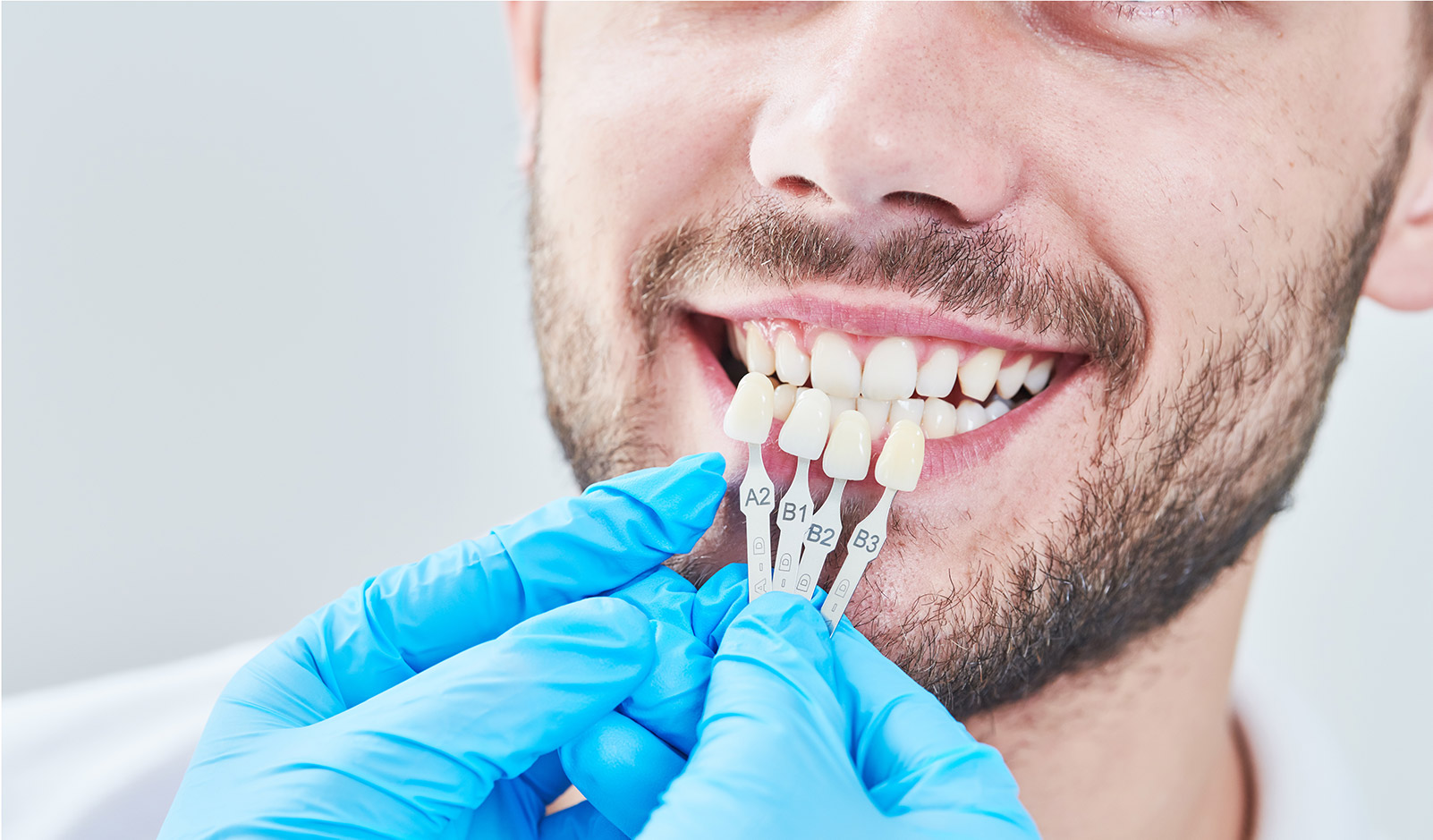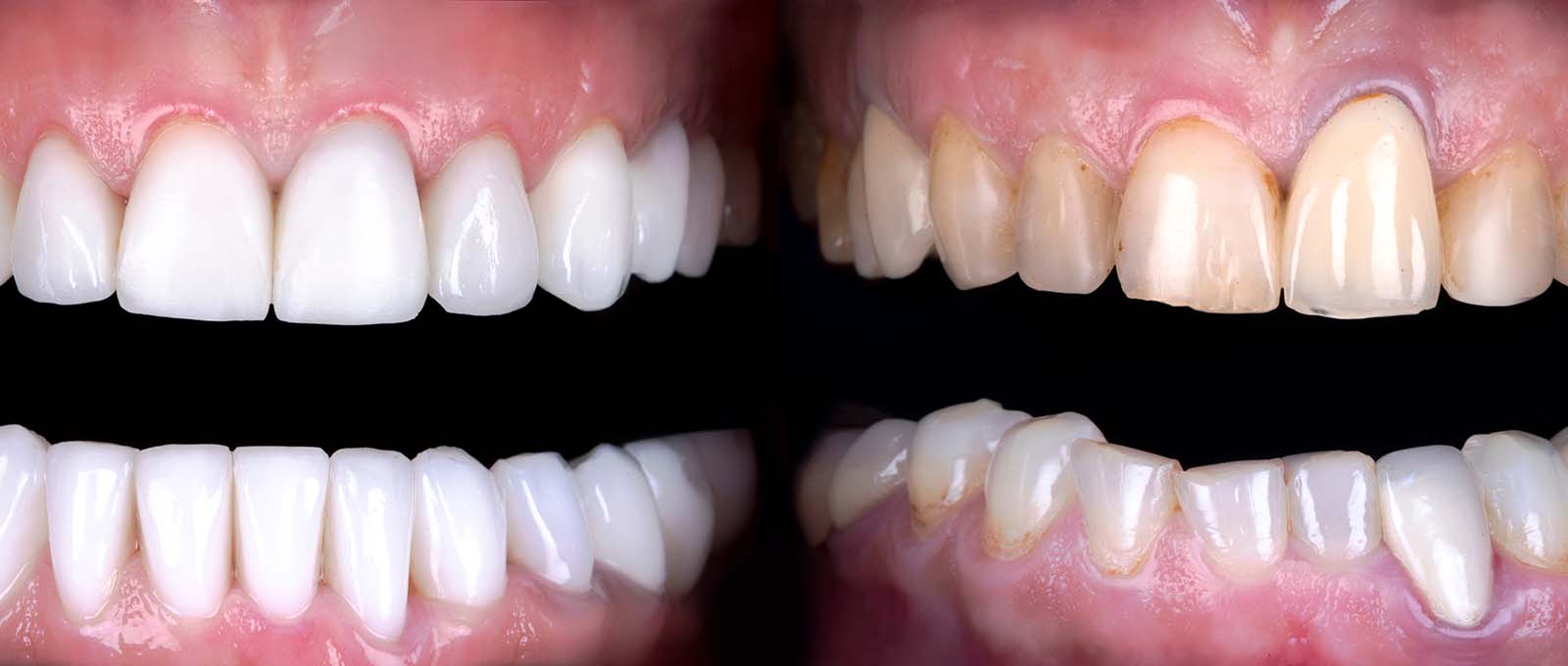A Comprehensive Guide to how veneers work
If you’re not satisfied with the appearance of your teeth, you may have heard of dental veneers as a potential solution. Veneers are a popular cosmetic dentistry treatment that can improve the appearance of teeth that are discolored, misshapen, or have other aesthetic imperfections. In this article, we’ll explore how veneers work and everything you need to know before getting them.
What Are Teeth Veneers?
Dental veneers, also known as porcelain laminates or porcelain veneers in Los Angeles, are thin shells of porcelain or composite resin material that are bonded to the front of your teeth. Unlike dental implants or crowns that replace the entire tooth, veneers only cover the front surface of the tooth that’s visible when you smile.
How Are Veneers Placed?
The process of getting veneers typically involves three visits to your dentist. During the first visit, your dentist will examine your teeth and discuss whether veneers are the right option for you. They will likely take x-rays, make impressions of your teeth, and help you decide on the material (porcelain or resin) to use.
During the second visit, your dentist will prepare your teeth for veneers by removing a small amount of enamel from the surface of your teeth. This is necessary to ensure that the veneers fit properly and look natural. Your dentist will then take another impression of your teeth to send to the dental lab where your custom veneers will be created.
Once your veneers are ready, your dentist will schedule a third appointment to install them. They will dry fit the veneers, make any necessary adjustments, and then permanently adhere them to your teeth using a special cement compound. After the veneers are in place, your dentist will use a special light beam to cure the cement and ensure a strong bond. Finally, your bite will be evaluated, and any excess cement will be removed.
How Do Veneers Work?
Dental veneers are a versatile solution for a wide range of cosmetic dental problems, including:
- Worn down teeth
- Chipped or broken teeth
- Misaligned teeth
- Teeth with gaps
- Discolored teeth
Veneers can change the shape, size, length, and color of your teeth, giving you a more beautiful and natural-looking smile. While there are pros and cons to both porcelain and resin veneers, porcelain is generally considered to be stronger, longer-lasting, and more stain-resistant. However, porcelain veneers are also more expensive than resin veneers.
Cost of Veneers in Los Angeles
If you are looking for porcelain veneers in Los Angeles then you might also like to know the cost of veneers in Los Angeles can vary depending on a variety of factors, including the dental professional you choose, the location of the tooth, and the complexity of the procedure. On average, you can expect to pay around $1,500 per tooth for porcelain veneers. While some insurance policies may cover the cost of veneers, most consider them a cosmetic procedure and won’t cover the expense.
Conclusion
Dental veneers can be an excellent option for improving the appearance of your teeth and boosting your confidence. If you’re interested in veneers, talk to your dentist to learn more about the process, materials, and cost. With proper care and maintenance, veneers can last up to 15 years and provide you with a beautiful, natural-looking smile.











